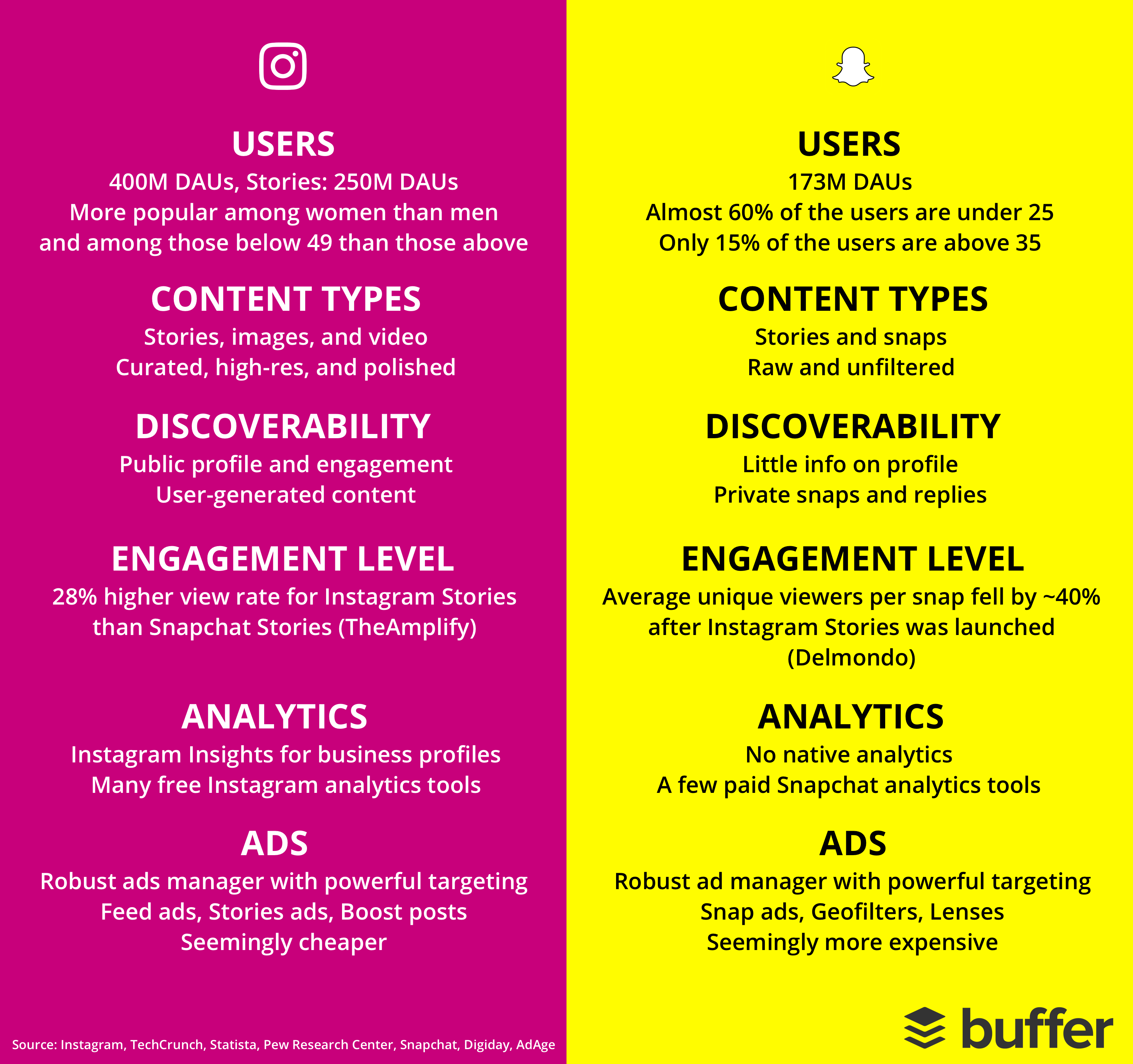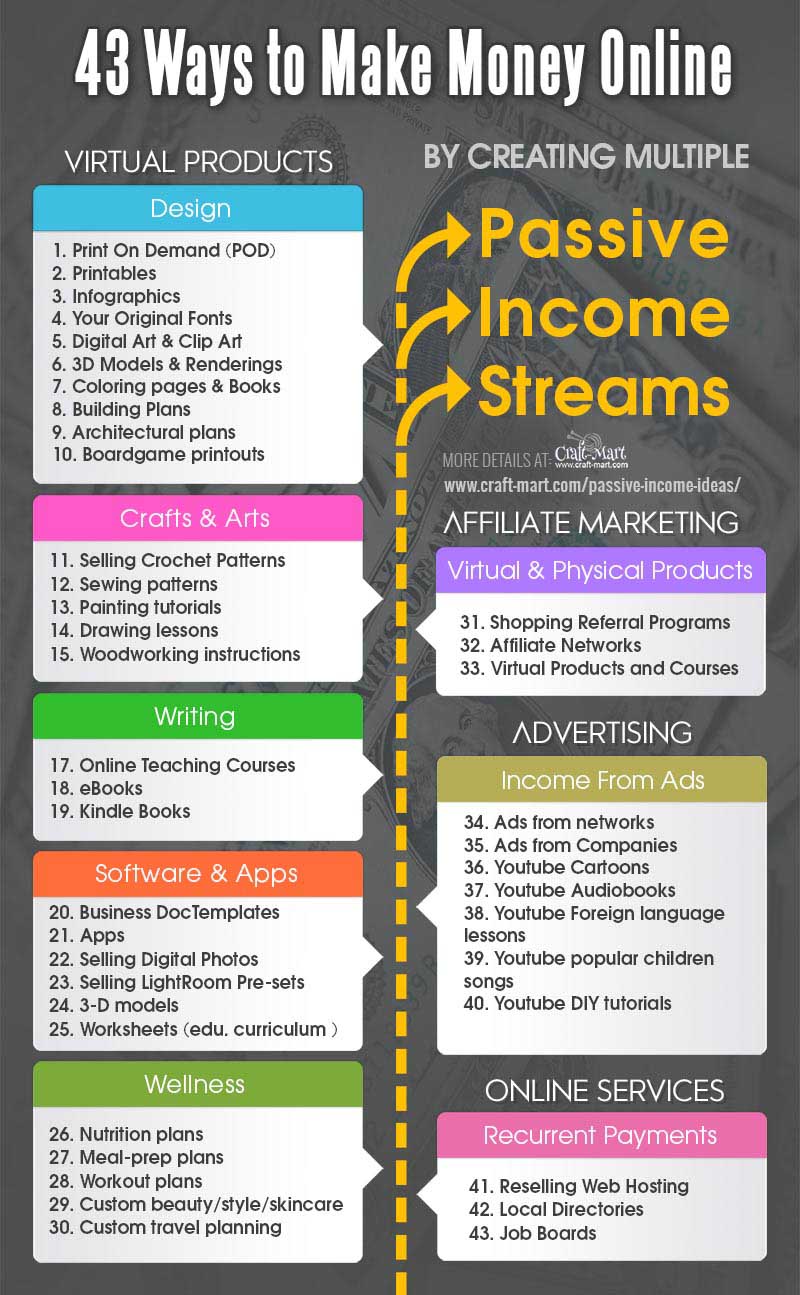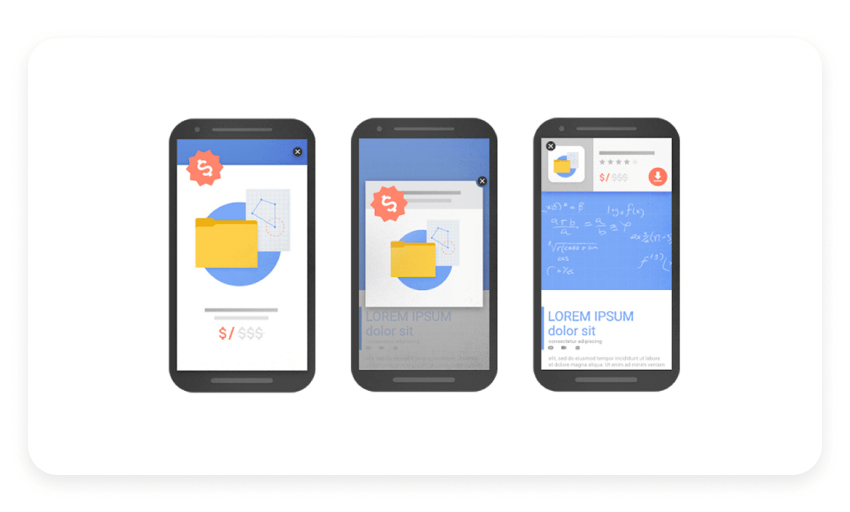
An ad displayed on a website is composed of text and images. A URL linking to the page links to it is a basic definition of display media. These ads can either be static, animated, and/or change as they're viewed. These ads are also known as rich media advertisements. These ads may be used for different purposes. They can increase awareness or sales. Here are some options for using this type of media. These ads can be purchased through various methods.
It is important to measure the effectiveness of all your advertising and marketing campaigns. An indicator of how many people have seen an ad, called impressions, is a way to measure their effectiveness. These metrics can be used for improving your digital display advertising campaign. To gauge the effectiveness of your ads, you can use click-through rate. You can track your costs to monitor the effectiveness of your campaigns.

A display advertisement consists of three main parts: the headline, the body and contact information. It will also include information on the company. Some ads will highlight the many benefits of a product using bullet points. These ads are designed to persuade customers to buy the product. You can also provide contact information, which can be a website, phone number, or an address. Mail order companies encourage readers to contact them and request a catalog. Targeting an ad by geography is another option.
The reach metric allows you to see how many people have seen the display ad. This metric represents the number of people who have seen the ad on a website or app. This metric can help you increase brand awareness or expand your target audience. Your advertising campaign will have a greater impact and a higher return on investment than other campaigns. You can expect your ads reaching a larger audience with these strategies.
Display ads can be used for advertising products and services, as you can see. This type of media is the major source of income online media. Google, for example, manages this media. This type of advertising targets people who are unlikely not to interact with it. This form of digital marketing uses images and animations to engage their audience. In addition to these, display ads can be interactive, which gives the brand more control over the way it is viewed.

The display media definition of advertising is quite broad, but there are some important differences. Display ads can both be text- and image-based. They can be placed in many places and are designed for different audiences. These ads are the best for increasing brand awareness. The brand's ads are more effective when placed on a website than on an app. However, it is important to consider the audience demographics of your ad to make it more effective.
FAQ
What is strategic content marketing?
Content marketing is the art of creating content that people can share across different channels. It's about giving people what it is they want. The best companies are those that get this.
Strategic Content marketing ensures that you give them what they need at exactly the right moment.
Listen carefully to what people think and get to know their interests. You must then create content of high quality that addresses their concerns and solves them problems. This builds trust and loyalty and ensures you are top of mind when they need your product or service.
Are I better off working with a team or doing content marketing on my own?
Your budget, skills, and experience will all play a role in the answer. You will have to learn the skills necessary to create, distribute, and optimize content on your own if you don't have the budget.
Content marketing is something you must do if you are serious about being successful.
A content agency or strategist can help you save time, money and get better results.
It is not possible to be successful if you don't work hard and deliver high-quality content. A solid content plan is essential.
Are there any common mistakes made when creating a content marketing plan?
You must have a plan for your content marketing strategy. A solid plan will save you time and money. Without a plan, you'll end up with tons of content that isn't useful or appropriate.
A well-planned content marketing strategy gives direction, focus, goals, and helps you reach your objectives. It helps to keep things on track as you move between phases. For example, if you're doing social media campaigns, you might want to start by analyzing what types of posts are getting the highest engagement rates. This will let you determine what posts will bring traffic to your site. Based on the results, you can decide if you want to create blog articles or videos.
People make another mistake when they don't think about how long the content marketing campaign is going to last. If you're planning on launching a new website tomorrow, it makes sense to write some content today. But if you've been working on a content marketing strategy for six months, you probably want to wait until you have more data before pushing out new material.
It takes time to create great content. This is not something to rush.
Consider yourself a business person who is interested in content marketing. For those who are interested in content marketing, we recommend our guide on How to Make Content That Works. It contains ten steps you can follow to make sure your content marketing programs succeed.
How can you create good content?
It is important to have interesting, useful and shareable content. The best content will have a clear call for action. This could be a link or button that allows readers sign up for a trial, read more about your product, or order something from your site. Also, visuals can be used to easily share your content across different media platforms.
Why is content marketing important?
HubSpot claims that "the average person spends nearly 2 hours per day consuming content on social media, in their newsfeeds while reading magazines, browsing the internet, and listening to podcasts. That's a lot to spend time with content!
Can I just post links to other sites' content?
Yes! It's called link building. Linking back from other websites is a great way for your site to get more traffic. But only link to reliable sources.
Why is content so important
Every digital marketing campaign is dependent on content. You must create quality content to attract new customers. Blogging is the best way to achieve this. Blogging helps you build authority in your niche, which makes you more trustworthy. Trustworthiness builds credibility and leads to higher search engine rankings. And when you rank high, you get traffic from organic searches.
Statistics
- Companies that use content marketing see approximately 30% higher growth rates than businesses not using it. (mailchimp.com)
- According to the Content Marketing Institute, 70% of B2B marketers and 86% of B2C marketers surveyed use content marketing in some form or other. (criteo.com)
- Progress indicators (0–100%) allow each team member to see how attainable each goal is and understand what remains to be accomplished. (semrush.com)
- To further show the importance of this, 89% of people have stopped doing business with a company because of a poor experience. (neilpatel.com)
- Content marketing produces 3X more leads per dollar spent. Content marketing costs 62% less than traditional marketing. (criteo.com)
- This marketing strategy landed Ford a 15.4% conversion rate. (neilpatel.com)
- An example of an overarching goal could be: "In 2022, we want to achieve a 20% increase in revenue created by organic content and generate 15,000 MQLs with a budget of $30,000." (semrush.com)
- In fact, would pay more for a better customer experience, and 86% of B2B buyers would pay more. (neilpatel.com)
External Links
How To
Infographic Design Tips for Content Marketing
Infographics make complex concepts simple and easy to understand. You should use infographics to spread the message about content marketing.
To create an infographic, Adobe Illustrator or Photoshop is required. These programs are great for creating infographics. Once you are happy with your design, you can upload images to Unsplash and Pixabay for your design.
Looking at other infographics online can help you get ideas. To show how many calories certain foods have, you can use a picture of a pyramid to illustrate this. You could also replace the numbers with images of the food. Another option is to take a picture of a can of Coke and look at how much sugar it contains.
Once you have designed your infographic you can share it via social media channels, such as Facebook or Twitter. This helps people who aren't familiar with the concept learn about it. Use hashtags to let others know what infographic you are sharing on social media. Users can follow conversations around specific topics using hashtags.
Try to make your infographic posts shorter than you normally would if you create one. An average blog post will be between 2000 and 5000 words. An infographic, however, only needs 500 to 1000 words. This means that you can convey more information in a shorter space.
Your infographic should be easy to read for some viewers. It is important to use large fonts and avoid relying too heavily on colors when designing your infographic. Also, make sure that all your text is legible.
Here are some other tips.
-
Choose an Infographic Template. You can find many templates online or in printed formats. Canva, Piktochart and Google Slides are the most used templates.
-
Make your Infographic. Use the template below to create your infographic. You can use any kind of media that you feel is appropriate for your audience. You might use photos of local restaurants to create an infographic about the best places in Seattle.
-
Add Text. Add text once your infographic is created.
-
Add images. Add images to your infographic. These images can be charts, graphs, icons, or pictures. Make sure the picture is relevant to your topic before you add it.
-
Make It Interactive. You can add interactive elements such as buttons, maps, and links. This will engage your audience.
-
Share. Share the infographic once you're done.
-
Measure. How well did your infographic perform? Did people click on your website? Did they sign-up for your email address? Was your infographic received well by them?
-
Improve. Do you think there are ways to improve your infographics Are you able to do it better the next time?
-
Repeat. Repeat.